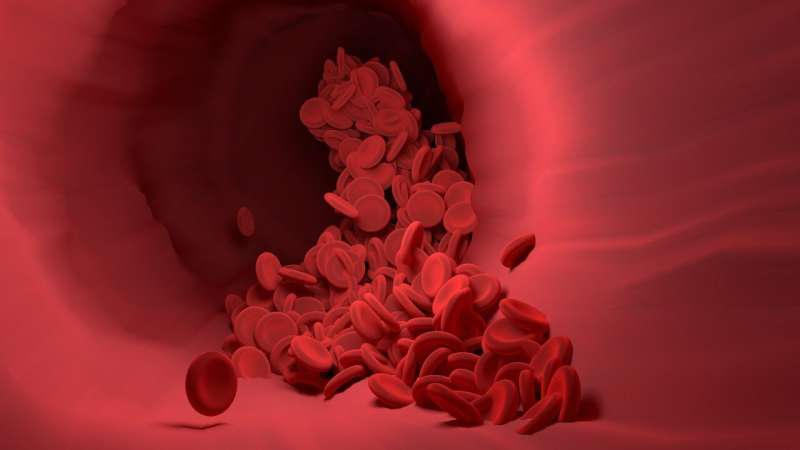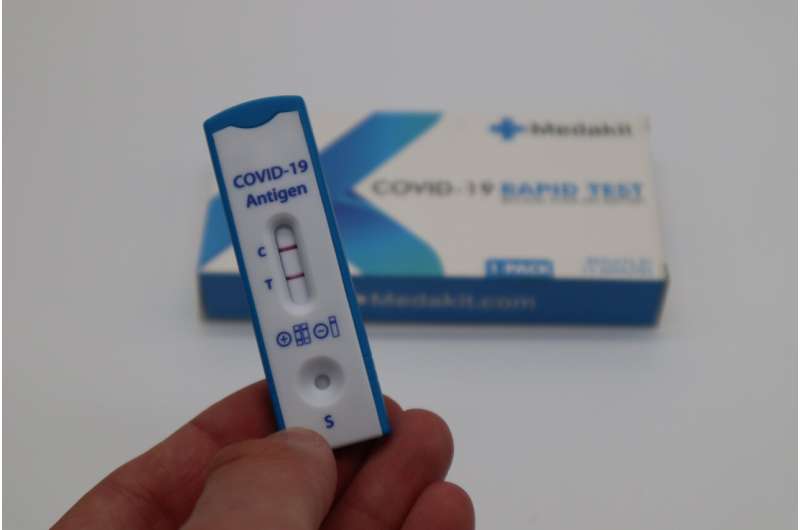Innovations in Rugby Headgear: Can New Materials Reduce Long-Term Brain Injury?

Emerging research suggests that innovative headgear materials could reduce impact forces in rugby, potentially protecting players from long-term brain injuries despite not fully preventing concussions. Advances in technology aim to lessen the cumulative impact burden over players' careers.
Rugby players, coaches, and referees widely agree that traditional headgear cannot prevent concussions. Despite this understanding, many athletes continue to wear head protection for reasons beyond direct impact prevention. Historically designed to guard against cuts and abrasions, rugby headgear is increasingly viewed as a potential means to mitigate the cumulative effects of repeated collisions during a player's career.
Recent advancements in materials science are now offering new hope. Conventional headgear typically contains soft foams that compress upon impact, offering minimal absorption of collision forces. However, emerging isotropic materials possess the unique ability to absorb impacts from multiple directions, which could significantly reduce the overall impact load experienced by players.
This shift in gear technology coincides with growing awareness that the total number of head impacts—sub-concussive blows—may be as crucial to long-term brain health as the occurrence of concussions themselves. Researchers have developed 'smart' mouthguards embedded with micro-accelerometers and gyroscopes to quantify head movements during matches, revealing substantial variability in impact exposure across players and seasons.
Studies indicate that impact magnitude, measured as peak linear and rotational accelerations, varies widely among players and can accumulate over time, potentially exacerbating the risk of future neurodegenerative conditions. For example, some under-16 players were found to experience cumulative impacts ranging from 300g to nearly 14,000g over a season, with implications that extend across their entire careers.
Helen Murray from the University of Auckland emphasizes the importance of understanding how collision burdens affect long-term brain health rather than focusing solely on concussions. Laboratory tests comparing traditional headgear with newer isotropic-material designs suggest that advanced headgear could reduce impact forces by approximately 30%, offering a promising avenue for injury mitigation.
Although current headgear cannot definitively prevent concussions, the adoption of innovative materials may significantly lessen the impact burden players endure, thereby possibly safeguarding their brain health in the future. As research progresses, the emphasis is shifting toward protective gear that reduces overall collision forces, ultimately aiming for safer long-term outcomes for rugby athletes.
source: https://medicalxpress.com/news/2025-07-rugby-headgear-concussion-materials-soften.html
Stay Updated with Mia's Feed
Get the latest health & wellness insights delivered straight to your inbox.
Related Articles
Global Research Finds Long-Term Heart Risks Linked to Severe Bleeding After Birth
Severe postpartum hemorrhage significantly increases women's risk of cardiovascular diseases over the long term, with risks lasting up to 15 years after childbirth, according to a large international study.
New COVID Variant NB.1.8.1 Escalates Infections: What You Need to Know
A new COVID-19 variant, NB.1.8.1, is spreading globally and may affect infection rates. Learn about its origins, characteristics, symptoms, and what you can do to stay protected.
Impact of Extreme Temperatures on Mental and Physical Health: Insights from Karachi
Extreme heat in Karachi severely impacts residents' mental and physical health, highlighting the urgent need for resilient infrastructure and community support during climate crises.



